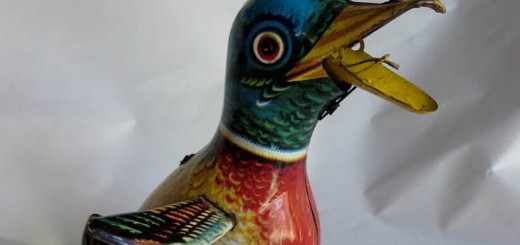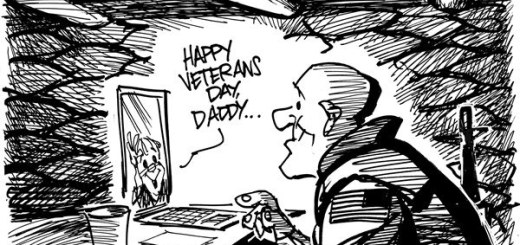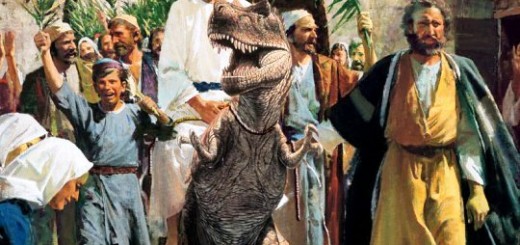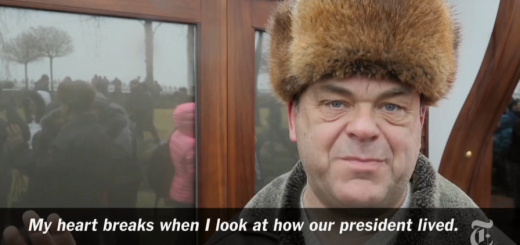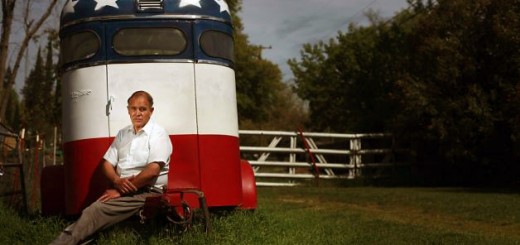The Biography of Casper McFadden
Well blow me down! I remember him when he was just a strip on the drawing board with the rest of us. — Popeye
He was always a true friend and role model to me. — Wendy the Good Little Witch
Hey man, we couldn’t have survived without Reit’s (Casper’s promoter) gags in our mags. — Mad Magazine
Casper gave us our start. He was our mentor. Without him, we’d be nowhere. — Spooky the Tuff Little Ghost
From humble beginnings
In 1940 Casper was more than a glimmer in the eye of Seymour “Sy” Reit who illustrated and documented his story in a script for a book. World War II intervened and after Reit’s return, Paramount Studios was the new distributor of Casper’s previous escapades through Fleischer Cartoons.
Not only that, but Reit’s job was finito.
In November 1945, Paramount debuted “The Friendly Ghost” in theaters.
A ghost with a Brooklyn accent. A non-conformist, more interested in making friends than scaring them off.
In 1959, a total of 55 cartoons later, his animation career came to an abrupt end.

Until 1963
After Harvey Comics purchased the rights to Casper in 1959 — capitalizing on his successful comic book run since 1949 with St. John Publications — they began broadcasting on ABC television.
1963 through the mid-90’s, Casper was everywhere, a weekly series on tv, in comic books, story books, coloring books, on Hanna-Barbera’s sponsored holiday specials, home video, even in retail stores promoting his likeness on games, novelties and toys.
And McFadden
It wasn’t until 1995 in a feature film that we learned of Casper’s heritage when his surname, McFadden, was revealed. The film asserted that Casper was in reality a twelve-year-old boy who passed away from pneumonia while living with his father, J.T. McFadden.
At the time, much was made of the similarity between the movie’s story line and an actual event which occurred in Syracuse, New York. A family named von Schroeppel lost their twelve-year-old son named Casper who after drowning assumed the role of the family ghost, haunting the family’s estate. At best, a controversial and macabre positioning of a beloved animated character.
Yet Casper lives on
It’s easy to see why Casper the Friendly Ghost has such an appeal for small children. They have so much in common with him, since they, too, feel invisible and misunderstood and remember little of their earlier lives. He is reassuring; in a universe of scary ghosts, it’s nice to know there’s one on your side. — Roger Ebert, May 26, 1995.
In the late 90’s Nintendo, followed by Sega, PlayStation and Game Boy, introduced versions of a video game based on Casper’s character. Worldwide.
Along with an interactive, educational video game in 1998. Teachers who’d long known the merits of alternative learning tools and methods, welcomed technology as a fun way to supplement their curriculum.
Favorite Casper-isms from various productions
You can call them ghosts, or, as I prefer, the living impaired. — Ghost Psychiatrist, Casper the Movie, 1995.
I guess when you’re a ghost, life just doesn’t matter that much anymore. — Casper to Kat (a real-life girl person), Casper the Movie,1995.
I told you I was a good dancer. Can I keep you? — Casper to Kat, Casper the Movie, 1995.
Best for last
(Imitating Arnold Schwarzenegger) Come with me if you want to live.






